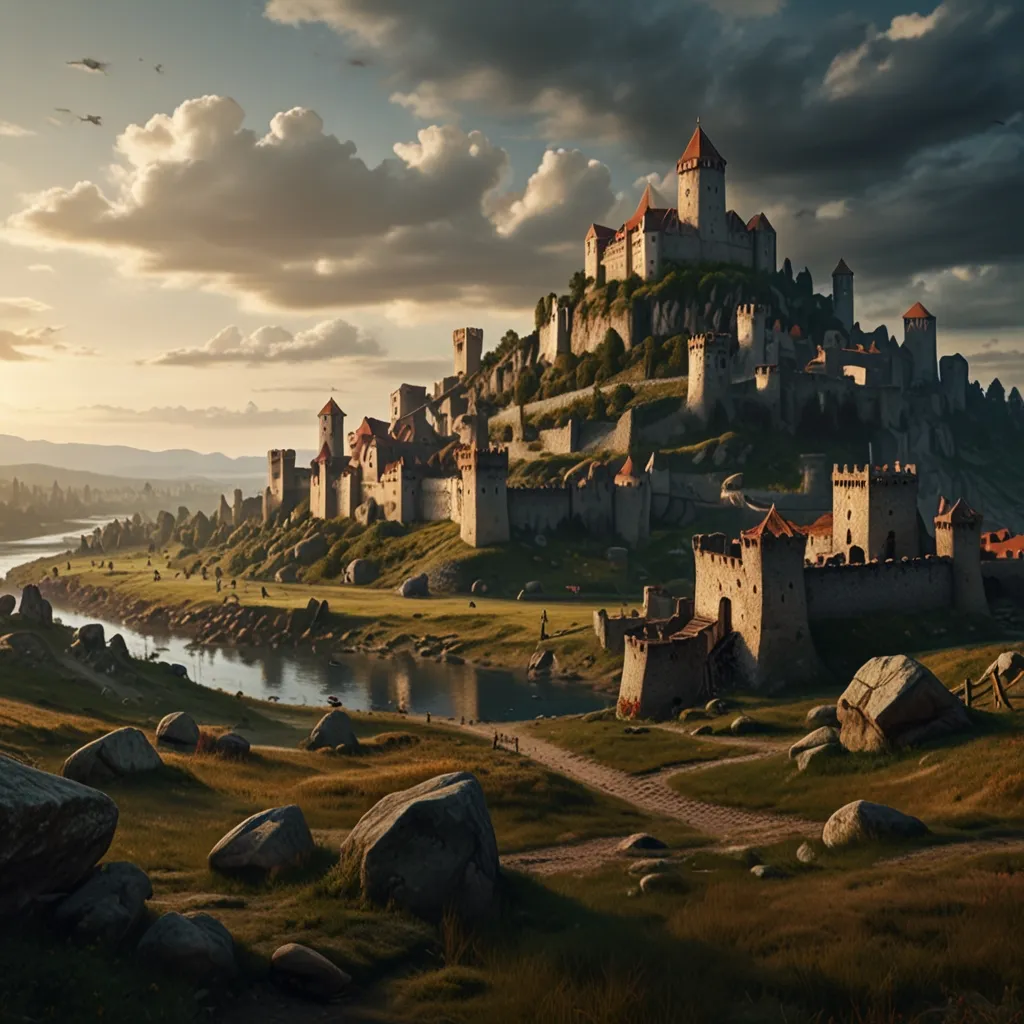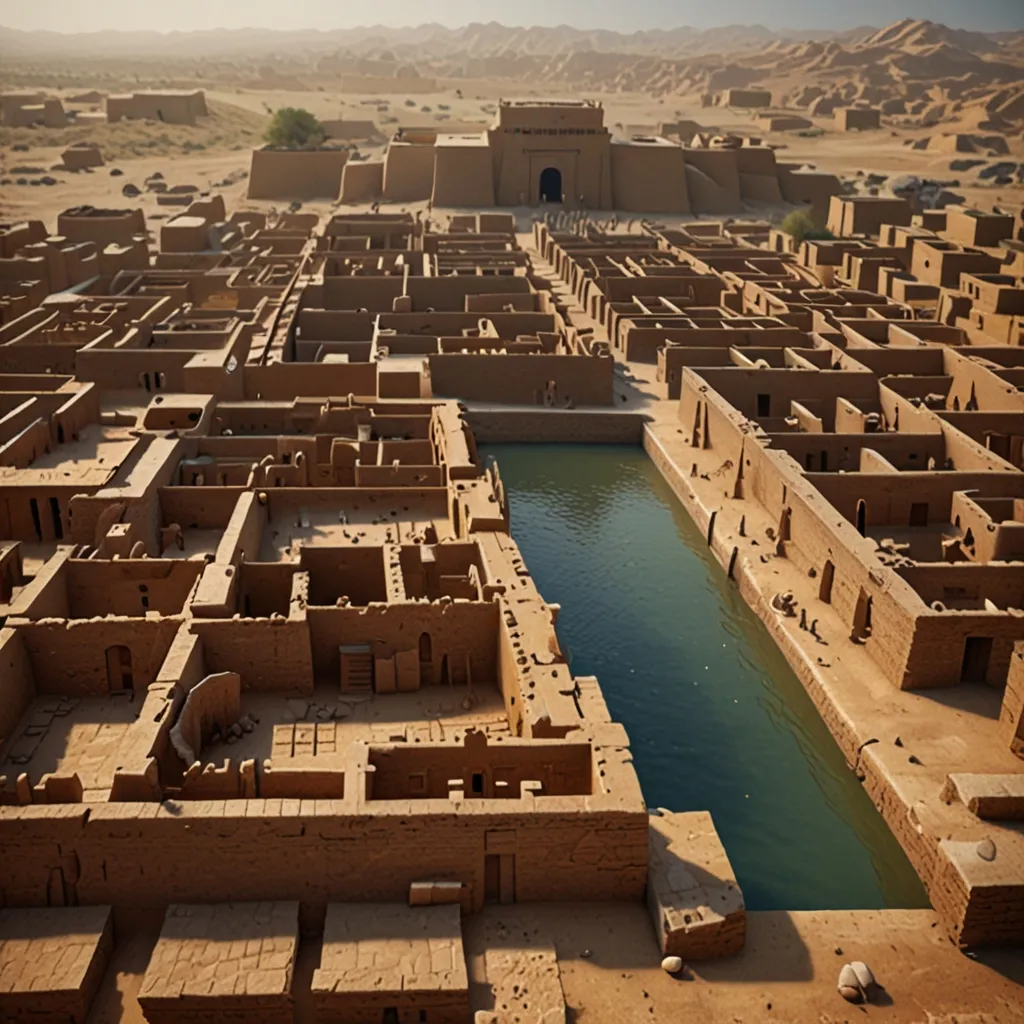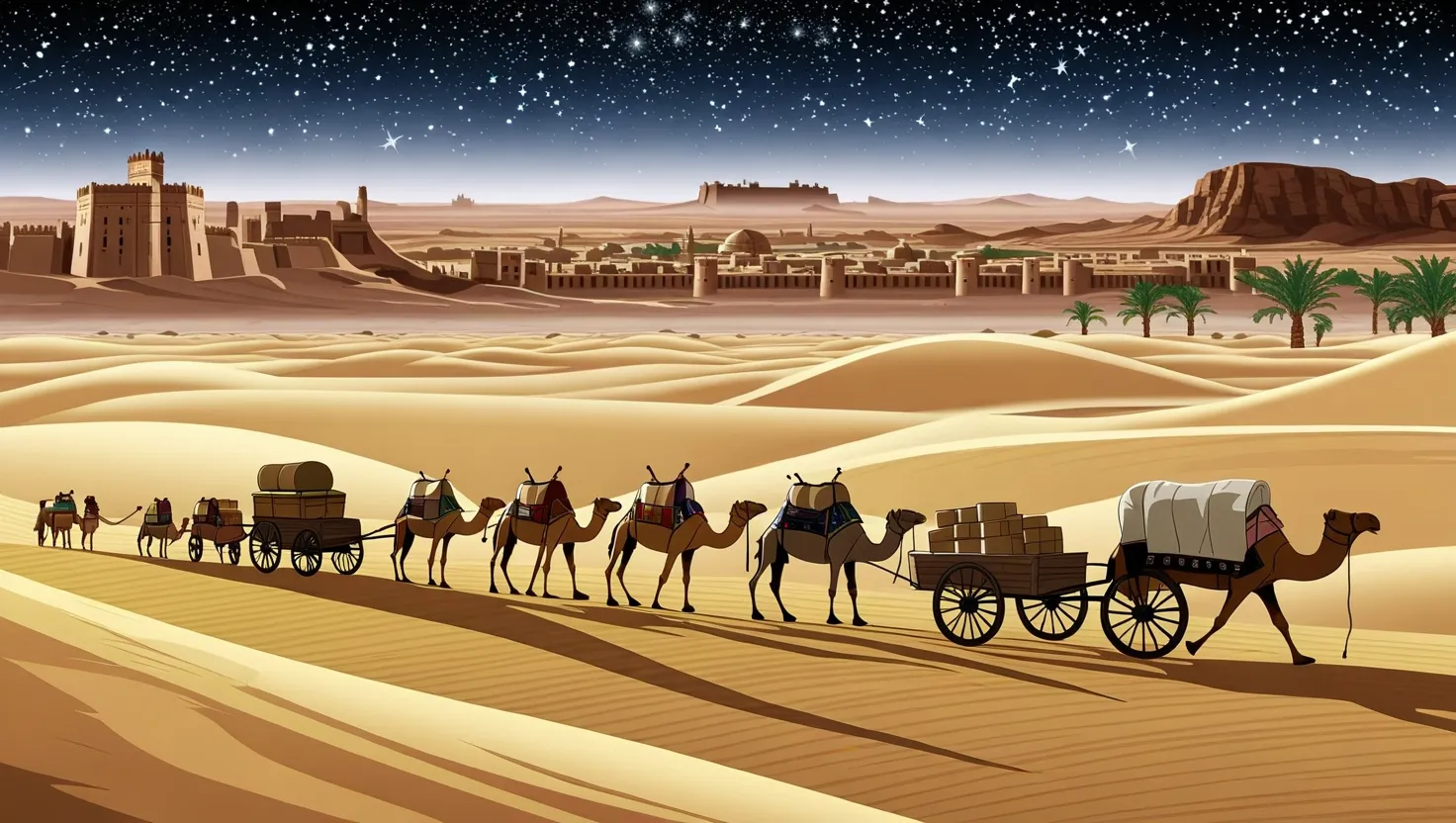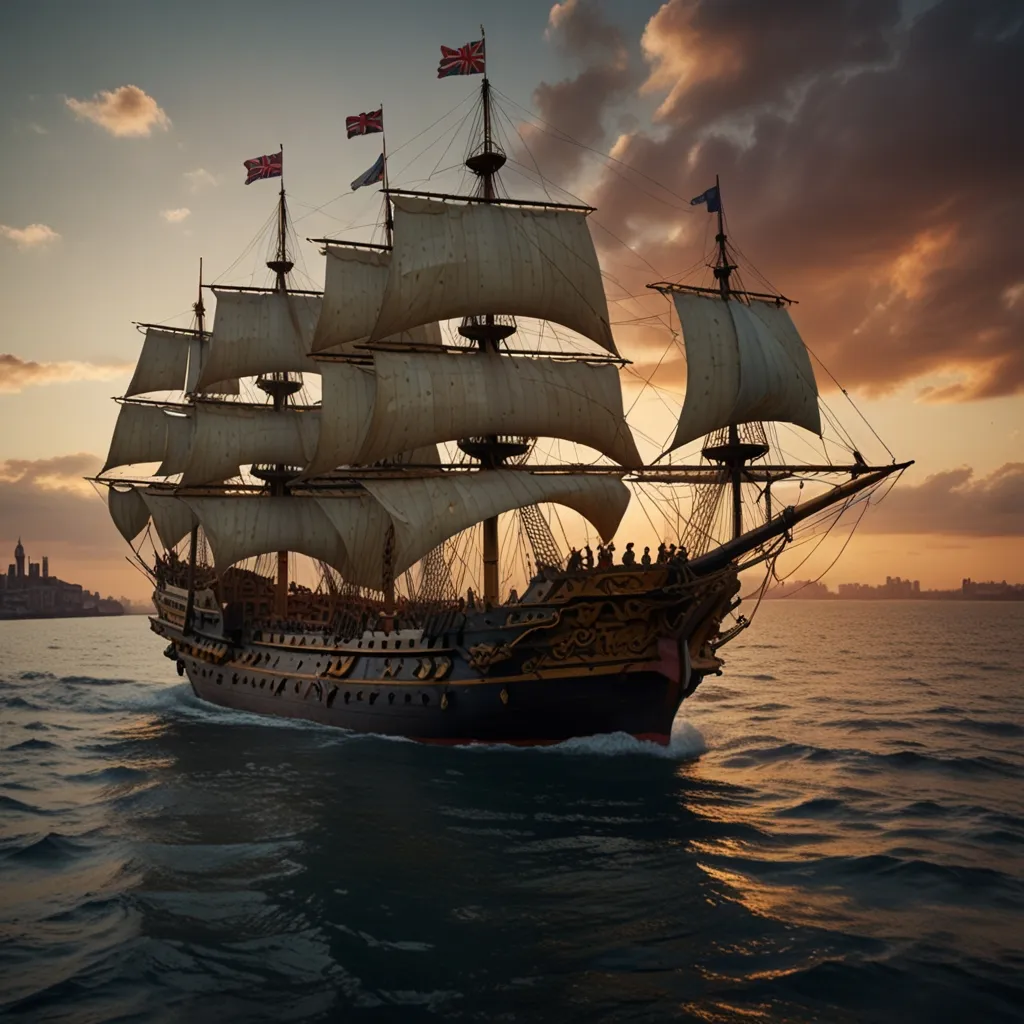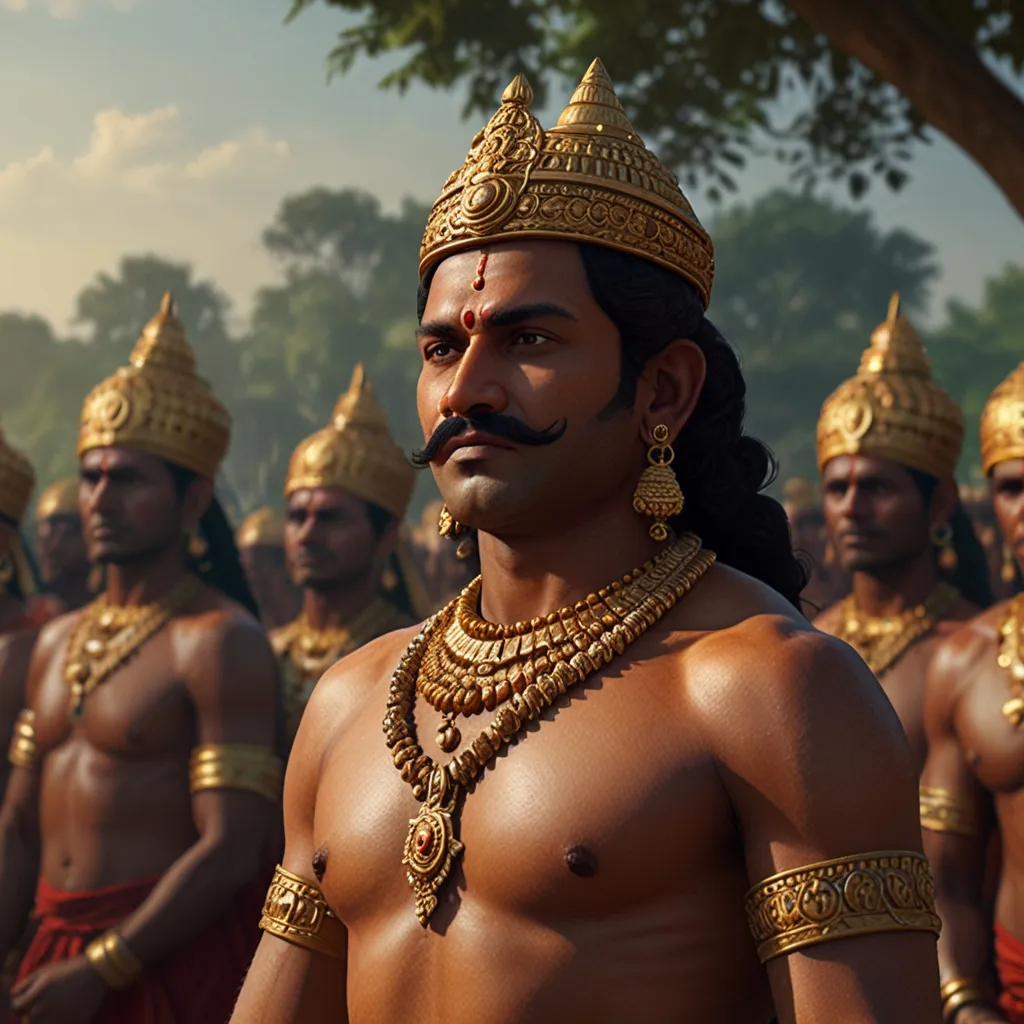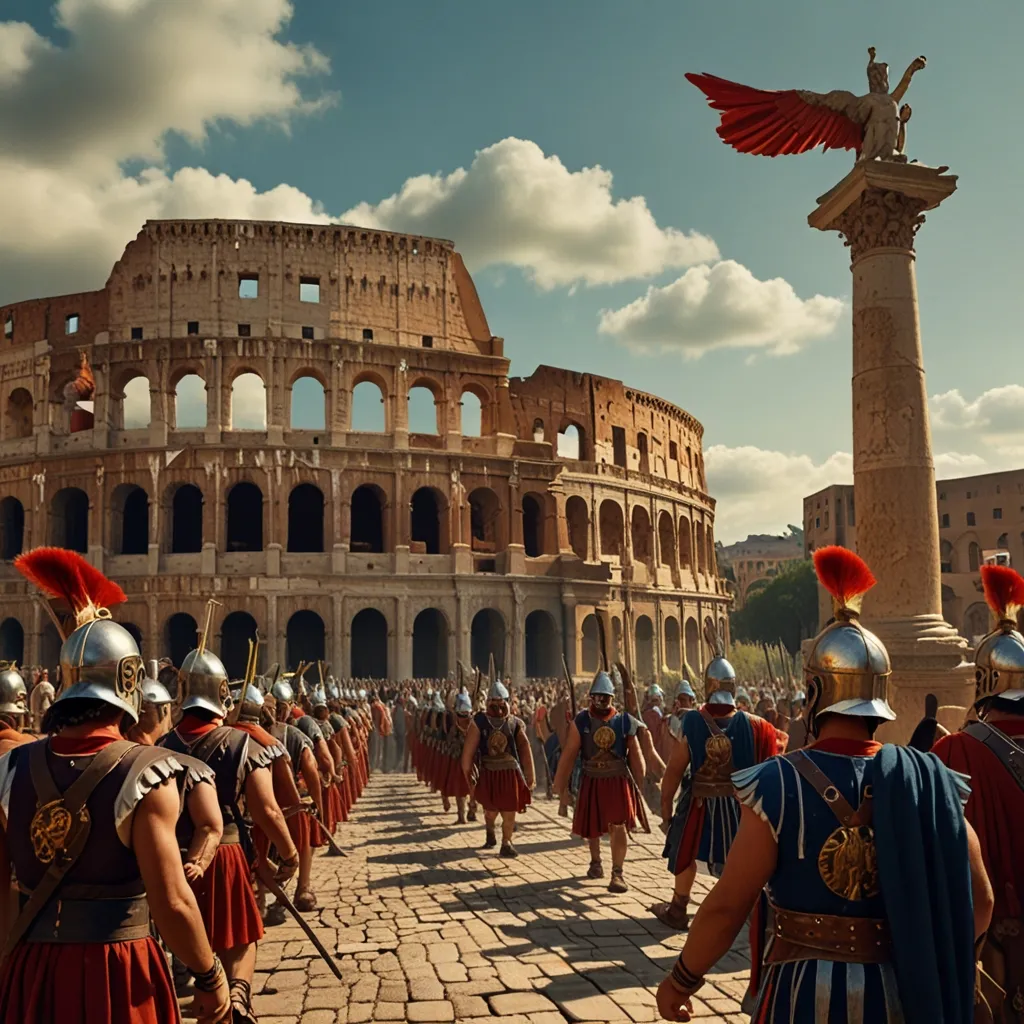Once upon a time, Europe was a quiet landmass, just another spot on Earth with lush greenery but not much to write home about. That is until homo sapiens, with their wanderlust-driven feet, moved out of Africa and settled there. Fast forward a few thousand years, and Europe wasn’t just a piece of land anymore - it became ground-zero for legendary developments in battles, philosophy, architecture, and global dominion.
Our story kicks off around 7000 BC with folks on the island of Cyprus, one of the early breeders of agriculture. These early settlers weren’t okay with just getting by; they wanted to thrive. They built sophisticated houses out of stone and mud-brick and made sure they were well-fed with wheat, barley, and lentils. But they weren’t just farmers; they were dreamers who started raising the mammoth stone structures we now call megaliths. Structures like the ones in Ireland and Stonehenge in the UK are still a mystery, luring us with their silent tales.
Swing to the southern islands like Crete, and you stumble upon the Minoan civilization, a trading hub. These guys didn’t just swap goods; they mixed cultures, cooked up the root of European languages, and crafted a simple yet profound language system called Linear A. They laid the groundwork for neighboring civilizations like the Mycenaeans, who created city-states protected by formidable warrior kings. Politics back then was as complicated as a night’s drama, featuring power plays, alliances, and wars, first among themselves and then on wider stages against outsiders like Trojan warriors, depicted vividly by Homer centuries later.
Take a leap to 1100 BC, and watch as the Phoenicians set sail, spreading their trading prowess and an alphabet that’ll become the backbone of many modern languages. While simultaneously, the Celts arose in places like Austria, revolutionizing metallurgy with iron, boosting agriculture, and crafting complex trade networks. The Greeks, still in civilization’s dark alley, began their slow climb to greatness, laying the foundation for Sparta’s military fanaticism and Athens’ democratic innovation. Despite being societies that celebrated warfare, they also cherished philosophers like Plato and Aristotle, who dared to ask questions about life and our place in the universe.
Come 550 BC, and the Persians decide they’ve had enough of Greek shenanigans. A clash spanning years ensues, marshaling volunteers from every corner of Greece. The unity forged in battle became the template for collective identity, rallying cry of freedom against domination that echoes down through history.
Fast forward a couple of hundred years, and Alexander the Great charges through from Macedonia to the ends of the known world, stitching vast lands under Hellenistic ideals. But Empires aren’t forever. Alexander’s reign fizzled out, leading to a fragmented Europe, punctuated by wanderlust-fueled Roman expansions beginning in earnest around 280 BC.
Rome wasn’t a powerhouse yet, starting as a humble republic. Their initial gains against neighbors like the Samnites saw them absorb not just land but culture—a fusion of Etruscan influences and later Greek gods, art, and language. Then came their epic tango with Carthage during the Punic Wars, which ultimately crowned them as Mediterranean’s new boss. They tweaked their military structure, emphasizing loyalty to charismatic generals over the state—roll out the red carpet for guys like Sulla and Caesar who led Rome into civil wars, power grabs, and Caesar’s bloody assassination.
Enter Jesus into this patchwork of empires and cultures around 0 AD, bringing a new vision that would play tug-of-war with Roman ideals for centuries. Christianity’s spread was both the calm and storm, a beacon of moral guidance overlapping with relentless political and military calculation. In the darkest times, it offered hope; in the burgeoning Byzantine Empire, a re-imagination of Rome’s former grandeur.
As we stroll into the medieval period, we see the rise of feudalism amidst the collapse of central authority. Land becomes everything—a means to feed, defend, and exercise power. The grind of agrarian life is interspersed with episodes of artistic and intellectual brilliance, Democritus’ forerunners surviving in monastic scribes and illuminated texts.
The millennia turn over to more familiar shores marked by the Norman Conquest of 1066, which dramatically paints England into Europe’s cultural mosaic. Then, at the cusp of the Renaissance, ideas ignite a flurry of innovation across the continent driven by artists like da Vinci and Michelangelo, scientists like Copernicus, and reformers like Luther.
On the geopolitical front, the discovery of the Americas and the engagement with far-off lands through explorers like Columbus and Vasco da Gama catalyze Europe’s global reach. Yet, within Europe, clashes continued. A tapestry of religious, economic, and territorial disputes came to a head in the form of prolonged conflicts like the Thirty Years’ War.
With the Industrial Revolution lighting the fuse for even greater societal change, Europe hurtled into modernity, not without its fair share of mistakes—colonial exploitations and world wars taught hard lessons. Empires fell apart, ideologies clashed, and yet from the ashes emerged a recognizable entity that approached the 21st century tentatively holding hands—a European Union striving for a cooperative sovereignty.
Europe’s story isn’t a straight line of progress; it’s a chaotic dance of cultures, conflicts, empires rising and falling, stitched together by shared histories. It asks us to ponder not just what has been lost, but what remains to be found. The script of Europe is forever unwritten, chapter by chapter as future generations ink their stories into this illustrious continuum.
